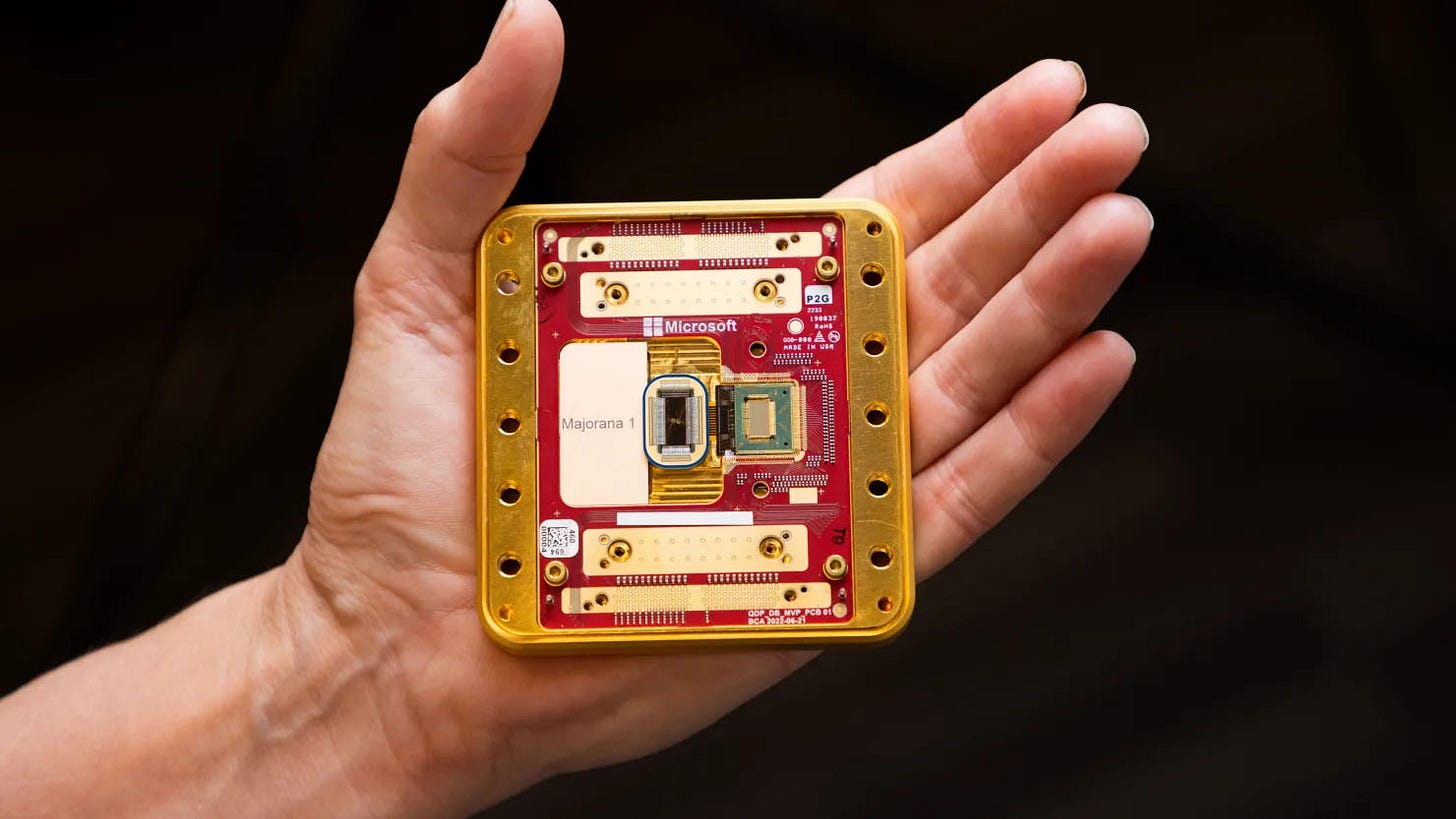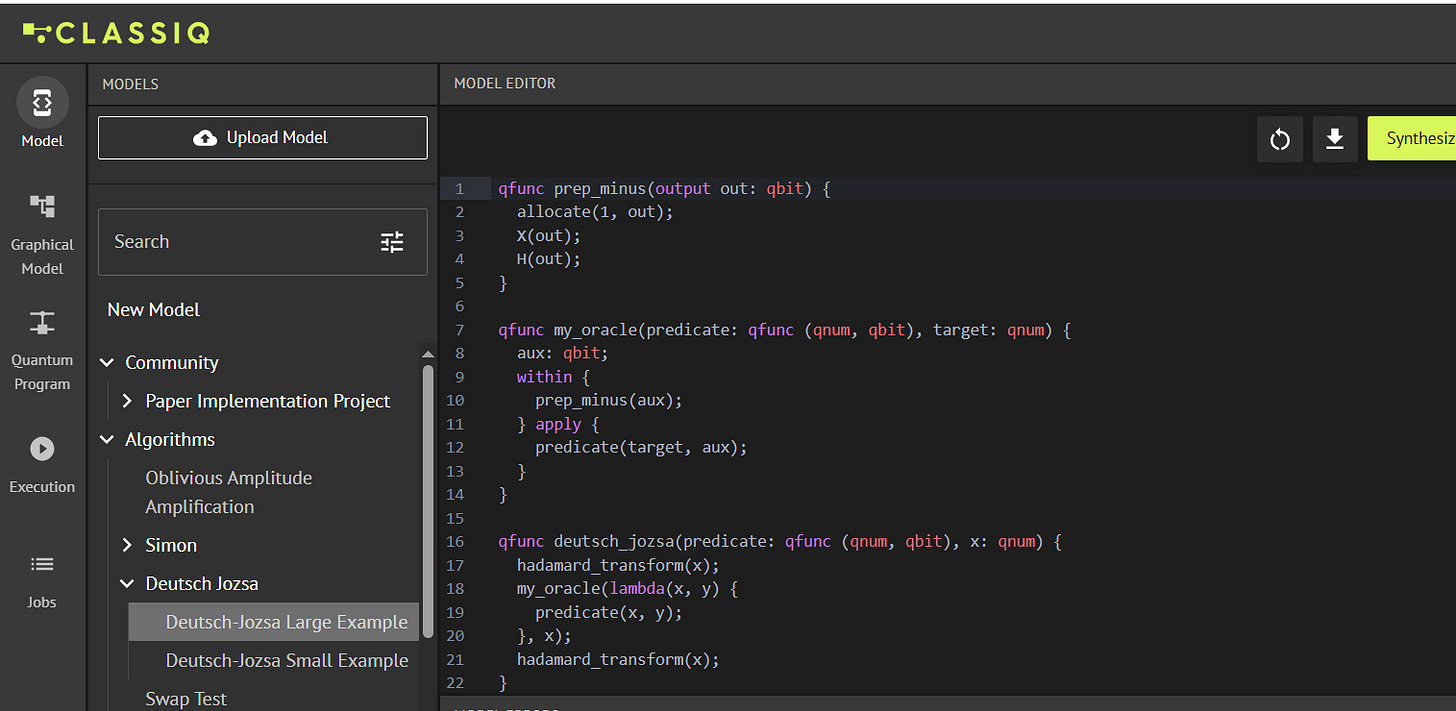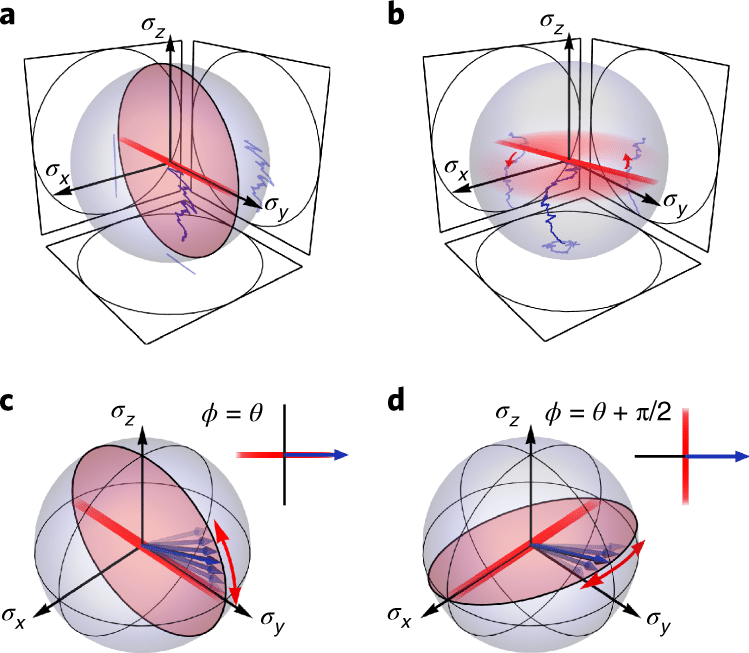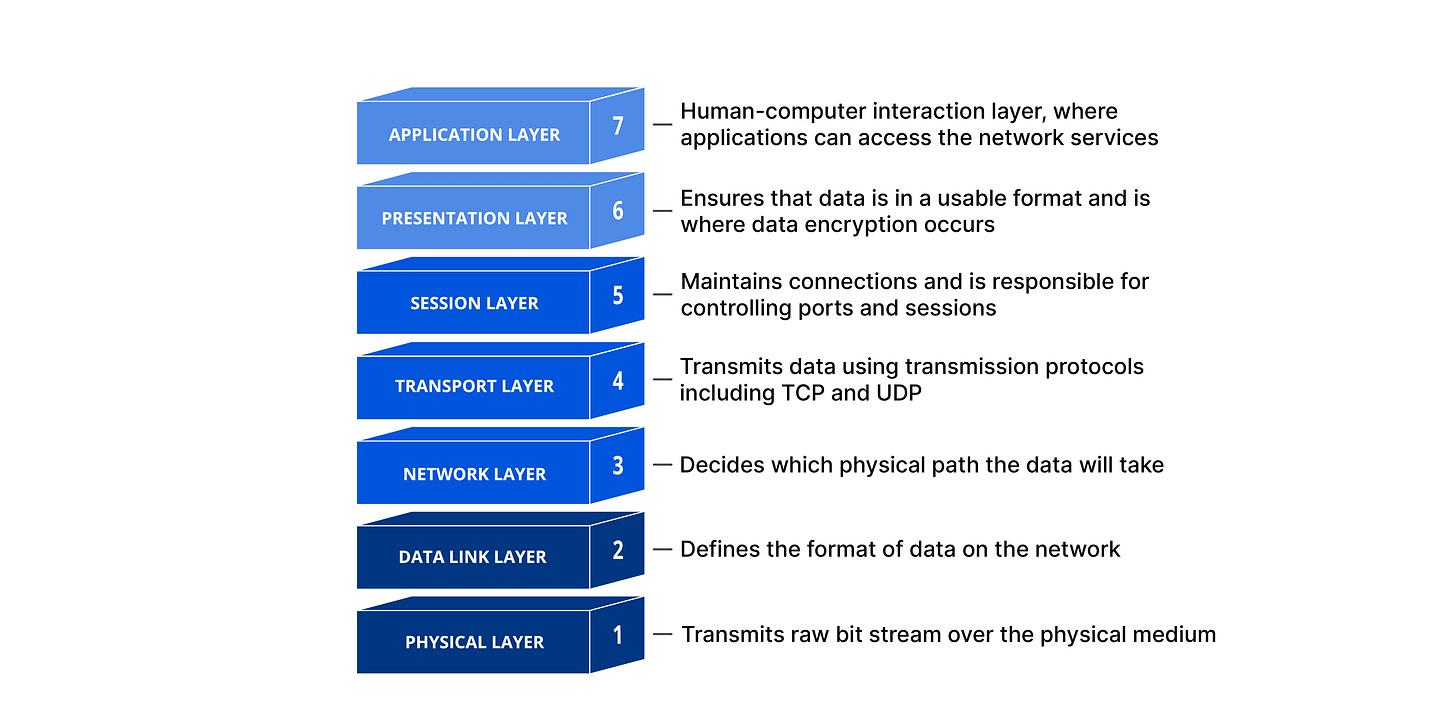Quantum Coding Just Grew Up: Meet Qmod, the High-Level Language That Could Complete the Stack
An exciting year for Quantum space
From Qubits to Intent: The Missing Layer in Quantum Computing
Quantum hardware is advancing rapidly. Major players like IBM, Google, and IonQ are scaling up qubit counts and fidelity. Yet, programming quantum computers often feels akin to assembling a website by soldering transistors.
The bottleneck isn't hardware—it's software abstraction. Enter Qmod, developed by Classiq Technologies, a high-level quantum programming language that introduces modern software design principles—expressiveness, reuse, abstraction—to quantum development.
What Is Qmod?
Qmod is a domain-specific language for quantum algorithms, embedded in Python. It supports a wide range of quantum programming constructs—numeric variables, conditionals, structured data, and expression-based computation.
More notably, Qmod introduces native support for digital, phase, and amplitude arithmetic, enabling developers to focus on algorithmic intent rather than low-level gate operations.
Digital Arithmetic That Feels Like Python
Instead of constructing arithmetic with low-level gates,
Qmod allows you to write expressions as you would in classical code:
@qfunc
def main(res: Output[QNum]):
a = QNum(size=2)
a |= 3
b = QNum(size=2, is_signed=True, fraction_digits=1)
allocate(b)
hadamard_transform(b)
res |= 0.25*a*b + 1.5✅ Automatic precision inference
✅ Automatic allocation and uncomputation
✅ Native operator support
Result: code that's clean, correct, and closer to your mental model.
Quantum Arithmetic Beyond Digits
Quantum data resides not just in bits, but in amplitudes and phases. Qmod enables direct computation in these spaces—something no mainstream framework does natively.
🎯 Phase Arithmetic Example
@qfunc
def main(x: Output[QNum]):
allocate(x)
hadamard_transform(x)
phase(x**2 , pi/4)This rotates the phase of each computational basis state by π/4 · x²—crucial for algorithms like QAOA and phase estimation.
🔊 Amplitude Encoding Example
@qfunc
def tanh_amp(x: QNum, ind: Output[QBit]):
allocate(1, ind)
assign_amplitude(
x - 1/3 * (x**3) + 2/15 * (x**5),
ind,
)This encodes the hyperbolic tangent function into the probability amplitude of a qubit being in the |1⟩ state.
🧱 Completing the Quantum Stack: The ISO Analogy
Classical computing evolved through layers—from electrical signaling up to user-facing software—with the ISO/OSI model often used to represent the full stack:
Quantum computing has an analogous structure:
An example with current tool :
Application (optimization, chemistry, ML)
Algorithm (QAOA, Grover)
Programming Language (Qmod 👈)
Compiler/IR (OpenQASM, Quil)
Control Systems (pulse shaping, calibration)
Hardware (qubits, superconducting, ion trap)
Qmod fills the crucial “programming language” layer, bridging the gap between human intent and hardware execution, much like how C and Python transformed classical computing.
Without this layer, quantum computing cannot scale.
🧪 Real-World Use Case: Knapsack Optimization in QAOA
The team behind Qmod implemented a version of the integer knapsack problem using phase-encoded constraints and digital objective functions. This classic NP-hard problem is tackled efficiently using QAOA:
@qfunc
def cost_layer(gamma: CReal, v: KnapsackVars):
aux = QBit()
within_apply(
within=lambda: assign(2*v.a + 3*v.b <= 12, aux),
apply=lambda: control(
aux, lambda: phase(-(3*v.a + 5*v.b), gamma)
),
)Constraint handling and cost function encoding are done declaratively—and optimized by the compiler.
🧰 Platform Availability
Qmod is available via the Classiq Platform, with SDK access, tutorials, and a growing GitHub library of quantum applications.
🔗 Why This Matters Now
The quantum software ecosystem is fragmented, primitive, and often overwhelming for non-experts.
Qmod changes that. It’s readable, expressive, and powerful—and critically, it completes the software abstraction stack in quantum computing.
In the words of the Qmod authors:
"Arithmetic expressions naturally capture classical problem-domain logic... Offloading the circuit-level synthesis to robust automation tools boosts the productivity of algorithm and application developers."
📣 Final Thoughts
Qmod is not just a language—it’s a statement about where quantum computing must go.
If we want quantum applications to scale, we need tools that:
Let developers express intent, not just gates
Handle qubit management automatically
Adapt to evolving hardware constraints
Compile into optimal circuits without human micromanagement
Qmod checks all these boxes. And for that reason, it may well be the final brick in the quantum ISO stack.
Want to try out Qmod or see a tutorial walkthrough? Contact me on Fiverr
Alberto Varignana, MBA










